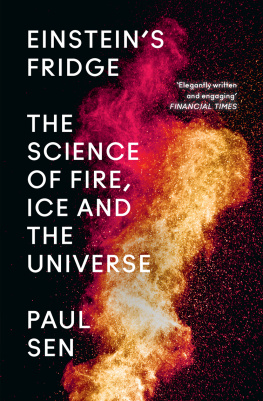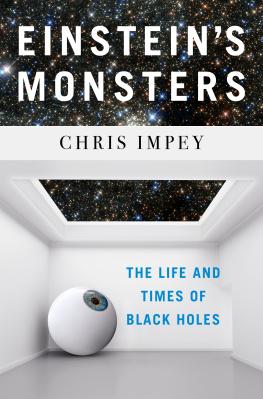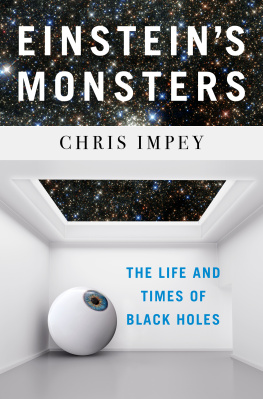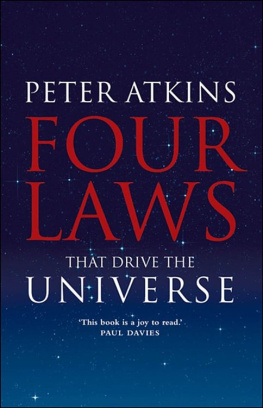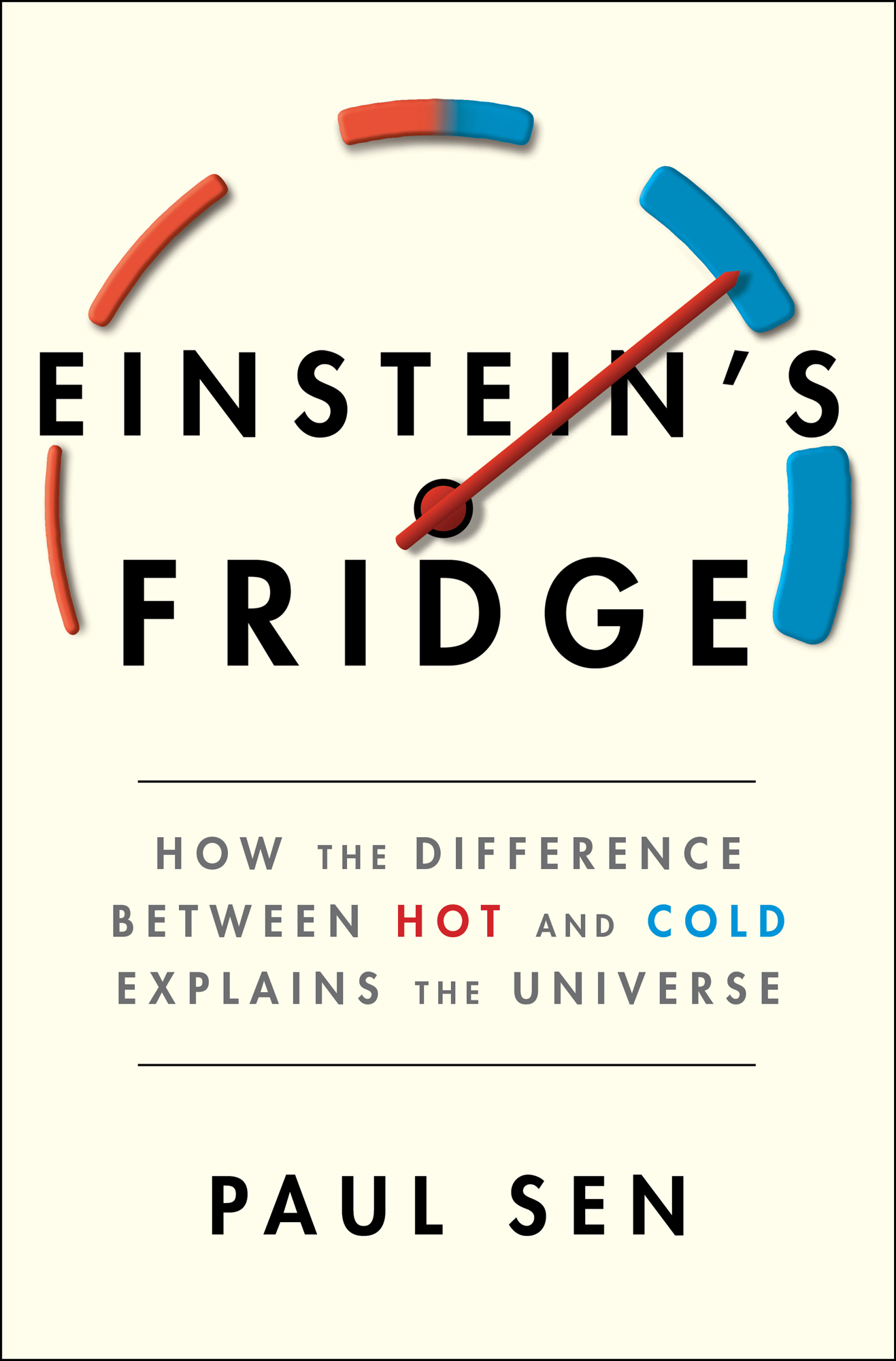Contents
Guide

Scribner
An Imprint of Simon & Schuster, Inc.
1230 Avenue of the Americas
New York, NY 10020
www.SimonandSchuster.com
Copyright 2021 by Furnace Limited
All rights reserved, including the right to reproduce this book or portions thereof in any form whatsoever. For information, address Scribner Subsidiary Rights Department, 1230 Avenue of the Americas, New York, NY 10020.
First Scribner hardcover edition March 2021
SCRIBNER and design are registered trademarks of The Gale Group, Inc., used under license by Simon & Schuster, Inc., the publisher of this work.
For information about special discounts for bulk purchases, please contact Simon & Schuster Special Sales at 1-866-506-1949 or .
The Simon & Schuster Speakers Bureau can bring authors to your live event. For more information or to book an event, contact the Simon & Schuster Speakers Bureau at 1-866-248-3049 or visit our website at www.simonspeakers.com.
Jacket design by David Litman
Dial by Microvone/iStock/Getty Images
Library of Congress Cataloging-in-Publication Data has been applied for.
ISBN 978-1-5011-8130-6
ISBN 978-1-5011-8132-0 (ebook)
Image Credits
Original illustrations by Khokan Giri; : fruit fly larvae, Shutterstock.
To Joseph and Nathan
Prologue
Thermodynamics is a dreadful name for what is arguably the most useful and universal scientific theory ever conceived.
The word suggests a narrow discipline concerned only with the behavior of heat. Here indeed lie the subjects origins. But its grown far beyond that and is now more broadly a means of making sense of our universe.
At its heart are three conceptsenergy, entropy, and temperature. Without an understanding of these and the laws they obey, all sciencephysics, chemistry, and biologywould be incoherent. The laws of thermodynamics govern everything from the behavior of atoms to that of living cells, from the engines that power our world to the black hole at the center of our galaxy. Thermodynamics explains why we must eat and breathe, how the lights come on, and how the universe will end.
Thermodynamics is the field of knowledge on which the modern world is based. In the years since its discovery, we have seen the greatest improvement in the human condition in the history of our species. We live longer, healthier lives than ever before. Most children born today are likely to reach adulthood. Though much remains wrong with our time, few of us would swap places with our ancestors. Thermodynamics alone didnt cause this, but it was essential for it to happen. From sewage pumps to jet engines, from a reliable electricity supply to the biochemistry of lifesaving drugs, all the technology that we take for granted needs an understanding of energy, temperature, and entropy.
Yet despite its importance, thermodynamics is the Cinderella of the sciences. The subject is introduced piecemeal in secondary school physics, and the concept of entropy, so vital to our understanding of the universe, is barely mentioned.
I first encountered the study of thermodynamics in the second year toward my undergraduate engineering degree at Cambridge University, where it was presented as relevant only to car engines, steam turbines, and refrigerators. If instead I had been told that it provided a unified and coherent way of understanding all science, I might have paid more attention. Most adults are similarly introduced to the topic; even ones who consider themselves educated are ignorant of humanitys greatest intellectual achievement in the sciences. We count calories, pay energy bills, worry about the temperature of the planet, without appreciating the principles underpinning those actions.
The Cinderella status of thermodynamics is reflected in the way Einsteins science is remembered. All acknowledge his immense and revolutionary contributions, yet few realize the extent to which his work derived from thermodynamics or that he made seminal contributions to the subject. In his so-called miracle year of 1905, he published four papers that transformed physics, including the one featuring the equation E = mc2. This work did not emerge from nowhere. For in the previous three years, Einstein had published three papers on thermodynamics, and the first two of the miracle-year papersone on the atomic structure of matter and the other on the quantum nature of lightwere continuations of that work. The third miracle-year paper, on special relativity, took an approach to physics inspired by thermodynamics, and the fourth, in which he derived E = mc2, united the Newtonian concept of mass with the thermodynamic concept of energy.
Of thermodynamics Einstein said, It is the only physical theory of universal content, which I am convinced will never be overthrown.
Nor was Einsteins interest in thermodynamics limited to its role in fundamental and theoretical physics. He cared about its practical applications, too. In the late 1920s, he worked on designing cheaper and safer refrigerators than those available at the time. This little-known episode was not a quirky sideline, for he worked for several years on the project and successfully raised funding for it from the engineering companies AEG and Electrolux. The direct motivation for Einsteins interest in refrigerator design was that, in 1926, he read an article in a Berlin newspaper about a familywhich included several childrenwho died because their malfunctioning refrigerator had leaked lethal fumes. Einsteins response was to initiate a project to design safer refrigerators.
Thermodynamics isnt just great science; its great history, too.
In early 2012, while producing a television documentary, I came across Reflections on the Motive Power of Fire, a slim book self-published in Paris in 1824 by a reclusive young Frenchman called Sadi Carnot.
Carnot had died of cholera at thirty-six, believing that his work would be forgotten. Yet within two decades of his death, he was considered the founding father of the science of thermodynamics. Later in the nineteenth century, the great physicist Lord Kelvin said of Carnots text, that little essay was indeed an epoch-making gift to science.
I also became captivated. Carnots work was unlike any other work of fundamental physics, combining algebraic calculus and physical insight with Carnots thoughts on what would constitute a happier, fairer society. Caring deeply for humanity, Carnot believed science was the key to progress.
Carnots science was also a response to the seismic social changes in early nineteenth-century Europe. In that sense, Reflections was as much the product of two revolutionsthe French and the Industrialas it was of Carnots brilliant mind. As I then started to read more about the scientists who picked up the baton from him, I saw how all their work was influenced by events in the world around them. The story of thermodynamics is not only one about how humans acquire scientific knowledge, it is also about how that knowledge is shaped by and, in turn, shapes society.
This book is an argument that the history of science is the history that matters. The men and women who push back the frontiers of knowledge are more important than generals and monarchs. In the following pages, I shall therefore celebrate the heroes and heroines of science and show their quest to discover the truth about the universe as the ultimate creative endeavor. Sadi Carnot, William Thomson (Lord Kelvin), James Joule, Hermann von Helmholtz, Rudolf Clausius, James Clerk Maxwell, Ludwig Boltzmann, Albert Einstein, Emmy Noether, Claude Shannon, Alan Turing, Jacob Bekenstein, and Stephen Hawking are among the smartest humans who ever lived. To tell their story is a way for all of us to comprehend and appreciate one of the greatest achievements of the human intellect.


